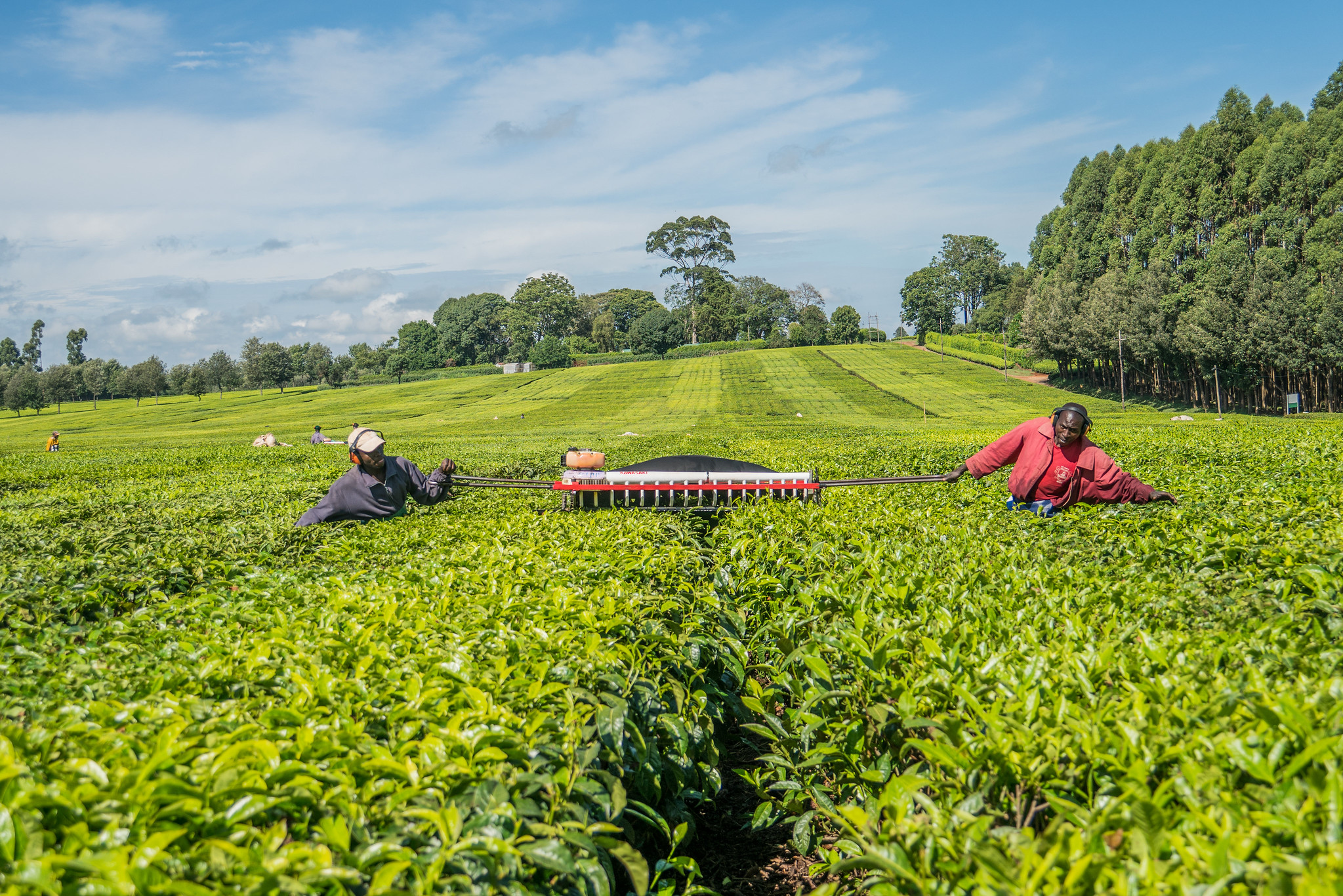
Status, Opportunities, and Challenges of Local Manufacturing of Agricultural Machineries in Kenya
This study aims to make recommendations on how to upgrade the agriculture sector and improve the use of mechanization technologies.
PARI research focuses on identifying and scaling promising agricultural innovations for agricultural growth and food security in Africa and India.

This study aims to make recommendations on how to upgrade the agriculture sector and improve the use of mechanization technologies.
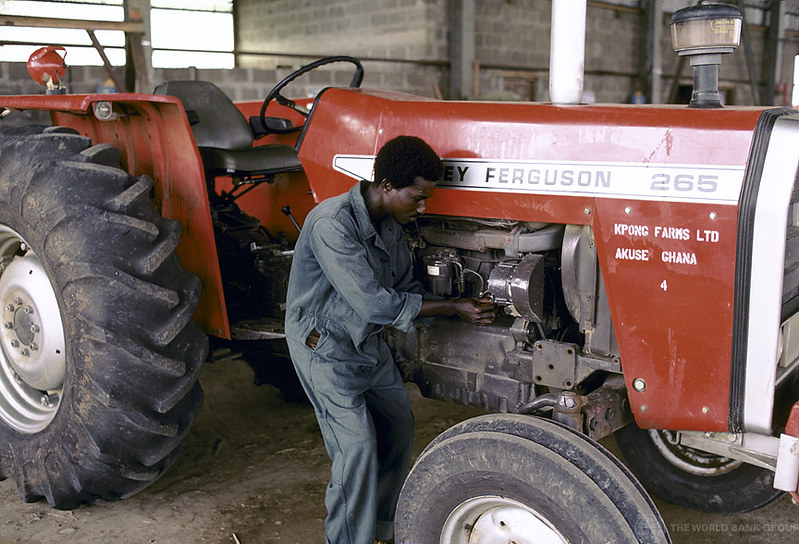
The study aims to identify opportunities and challenges related to local agricultural machinery manufacturing in Nigeria.
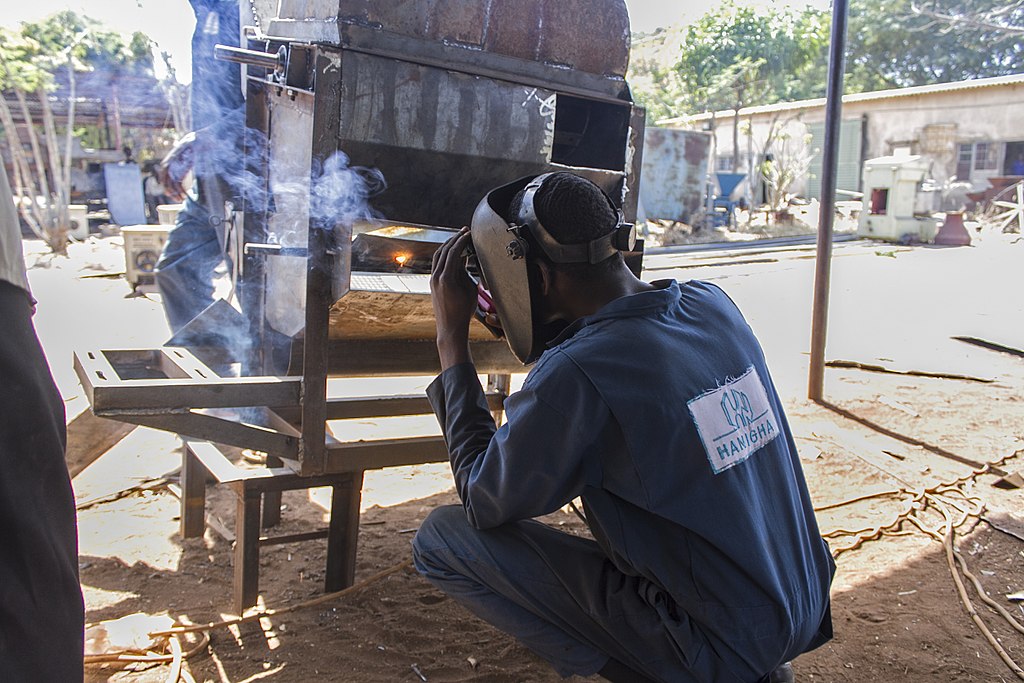
This report identifies factors and actors influencing the success of local manufacturers and explores the opportunities and challenges for the local agricultural machinery industry.
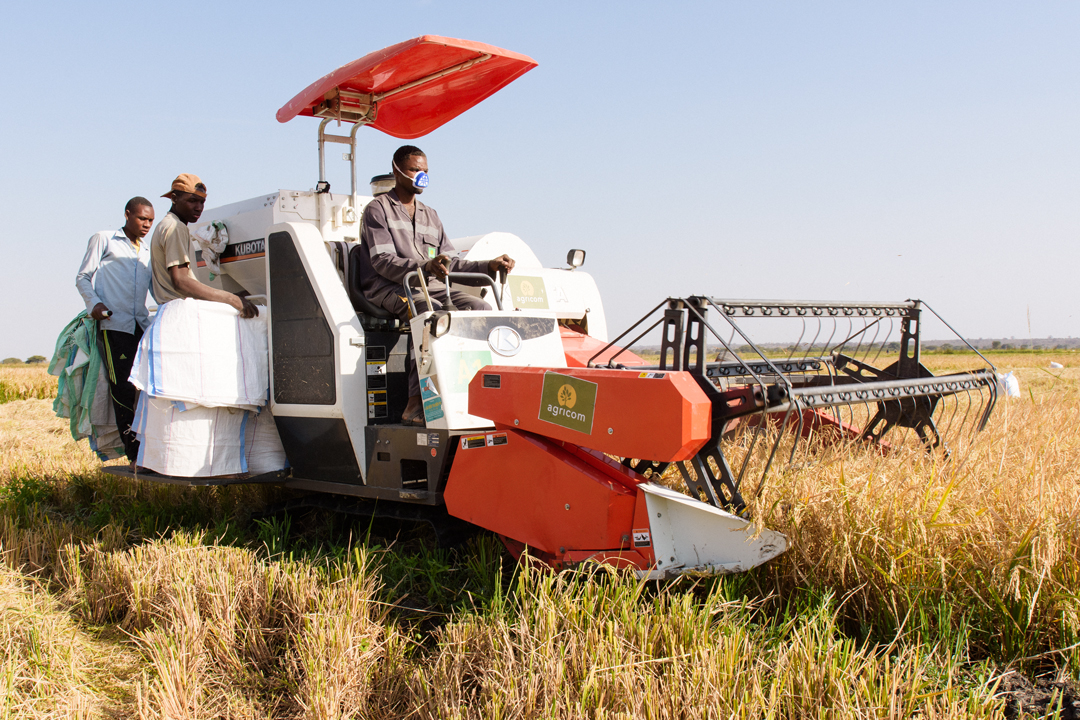
This report identifies factors and actors influencing the success of local manufactures and explores the opportunities and challenges for the local agricultural machinery industry.
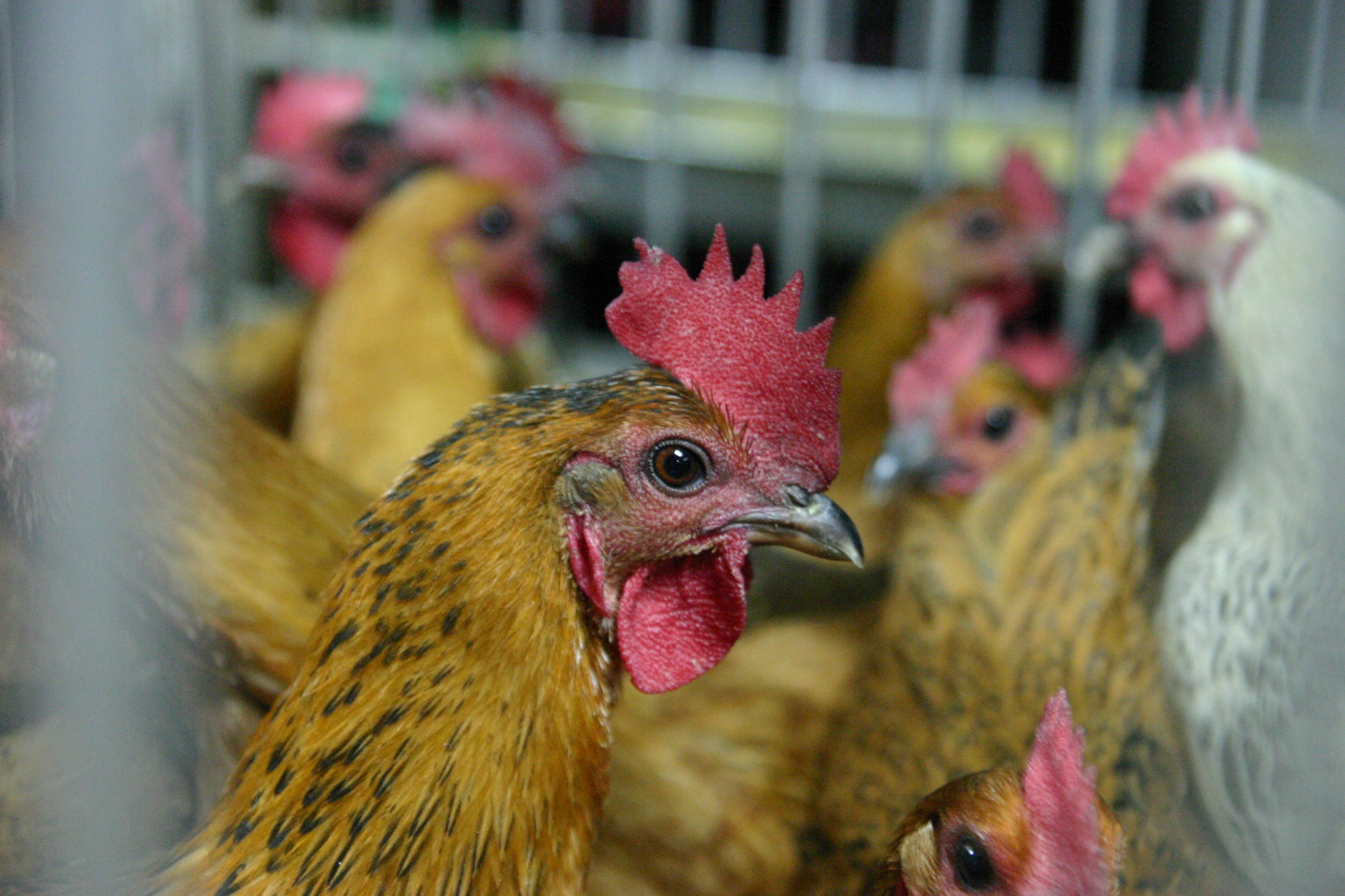
This study highlights the key success factors identified to better guide decision-making for the development of the poultry sector.
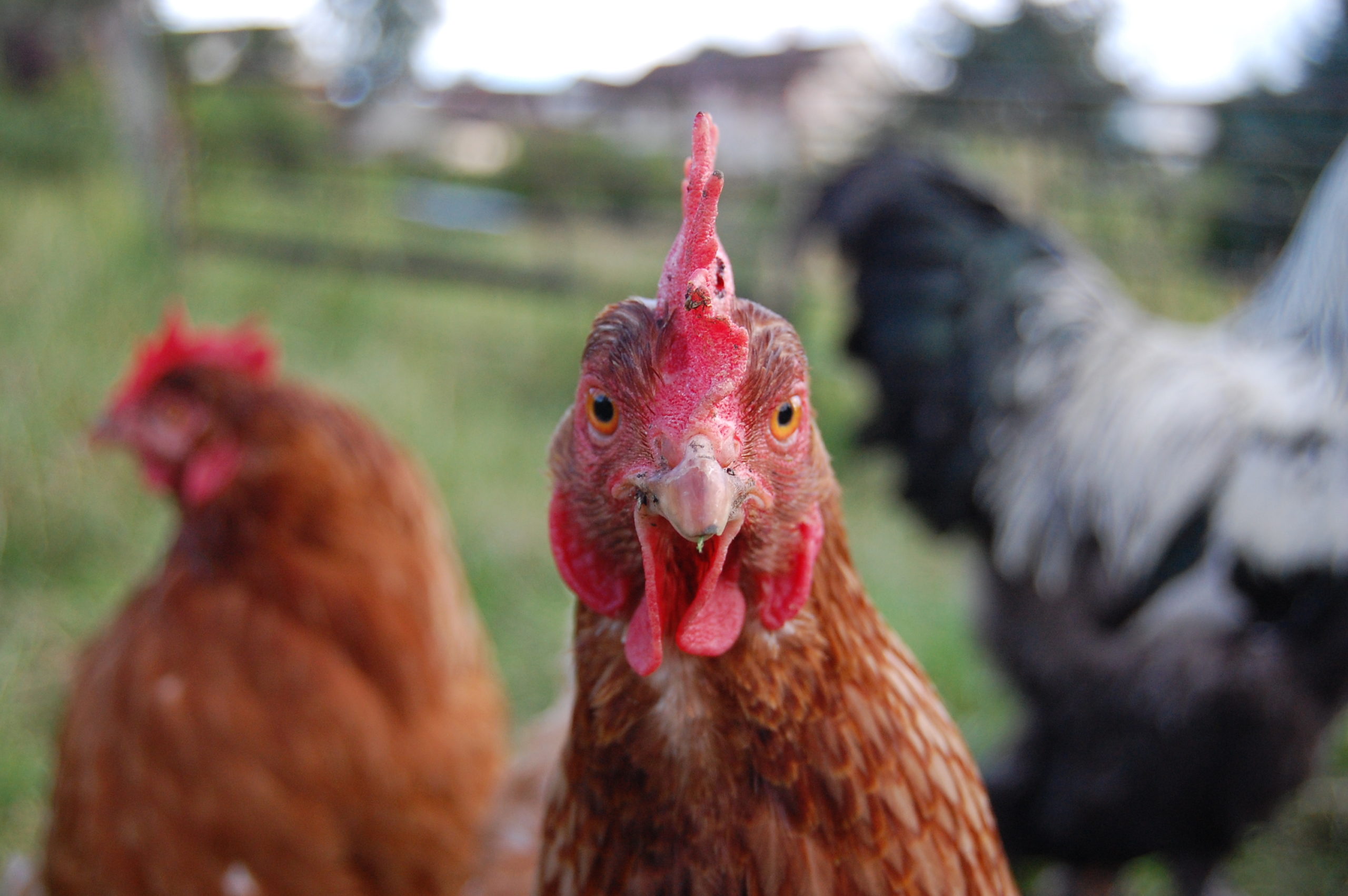
This study examines the factors that have contributed to the success achieved in commercial poultry in Nigeria and the government policies that have helped or hindered the commercial poultry business.
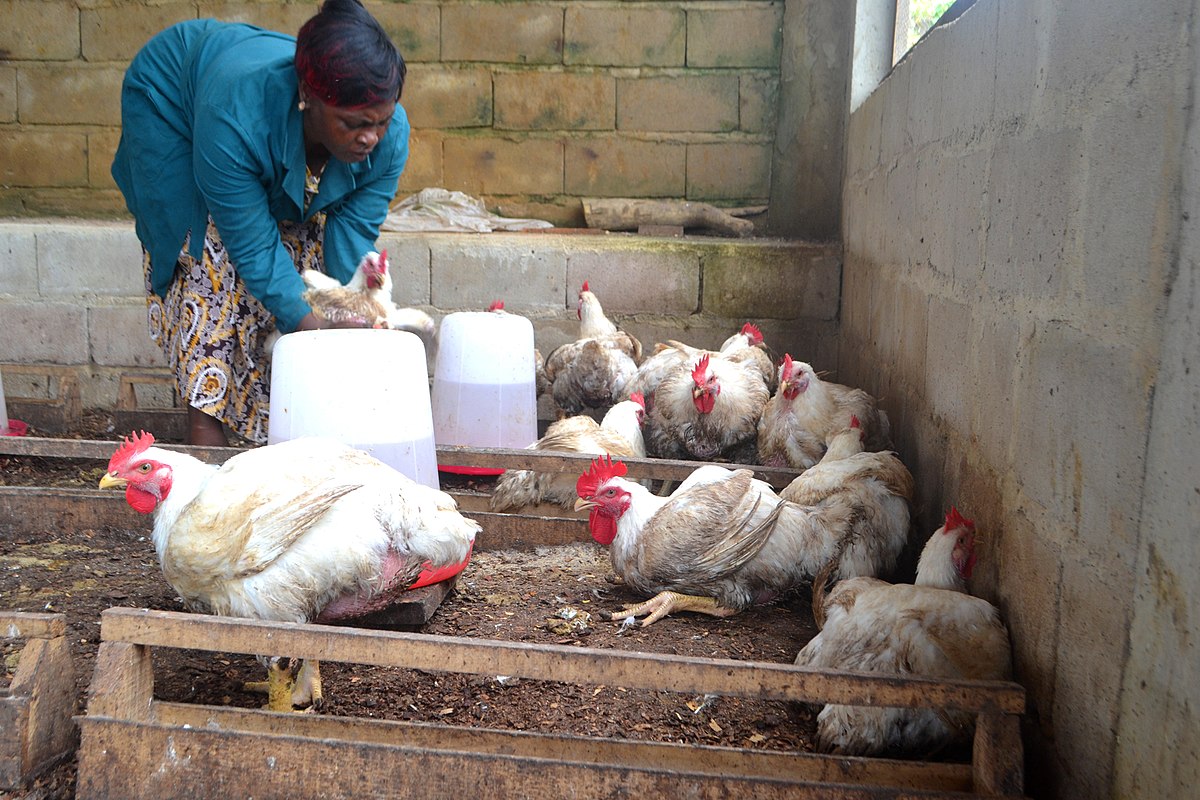
This paper discusses commercial success stories in Kenyas poultry sector.
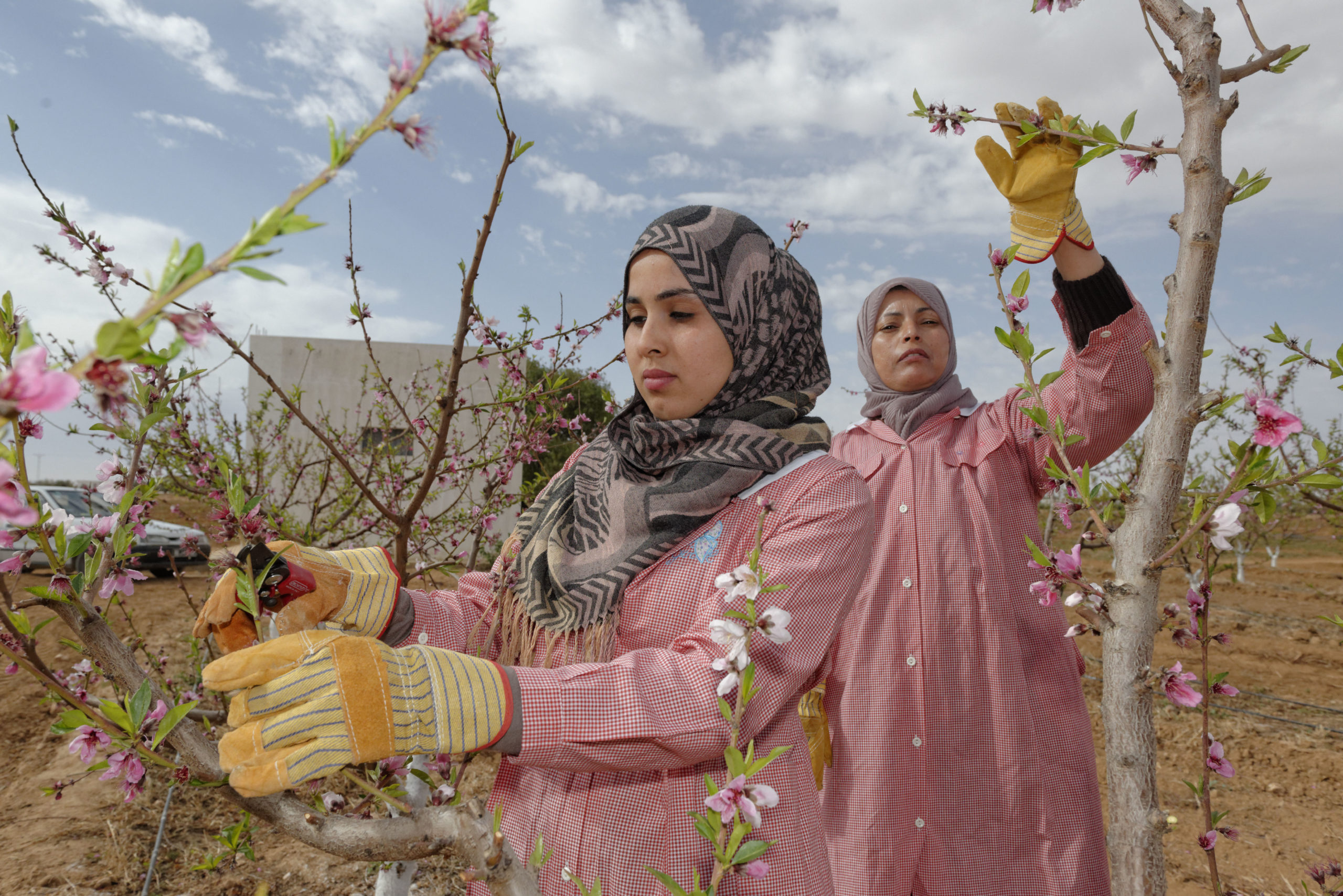
The study aims to analyze how young people engage in farming and how to enhance the youth employment opportunities in Tunisia.
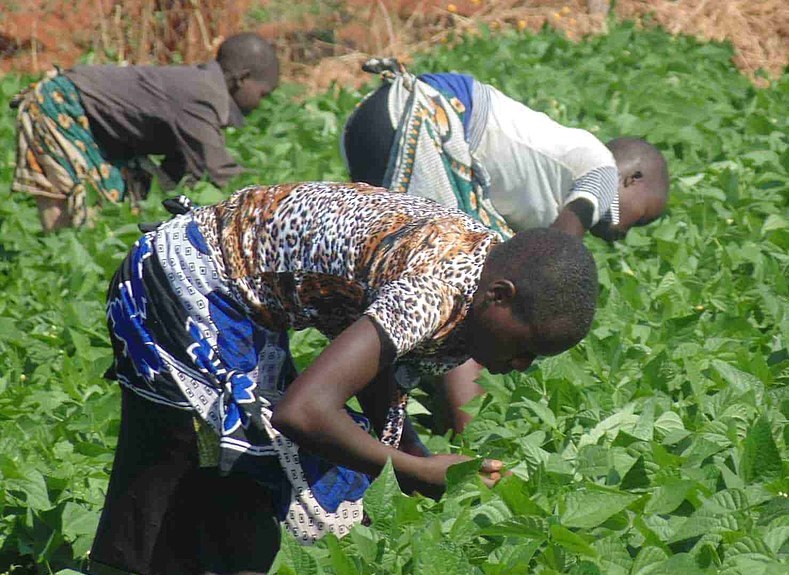
This report analyzes the success and failure factors of agripreneurs in Benin and aims to identify the main constraints that hinder the motivation of youths to invest and participate in the agricultural sector.
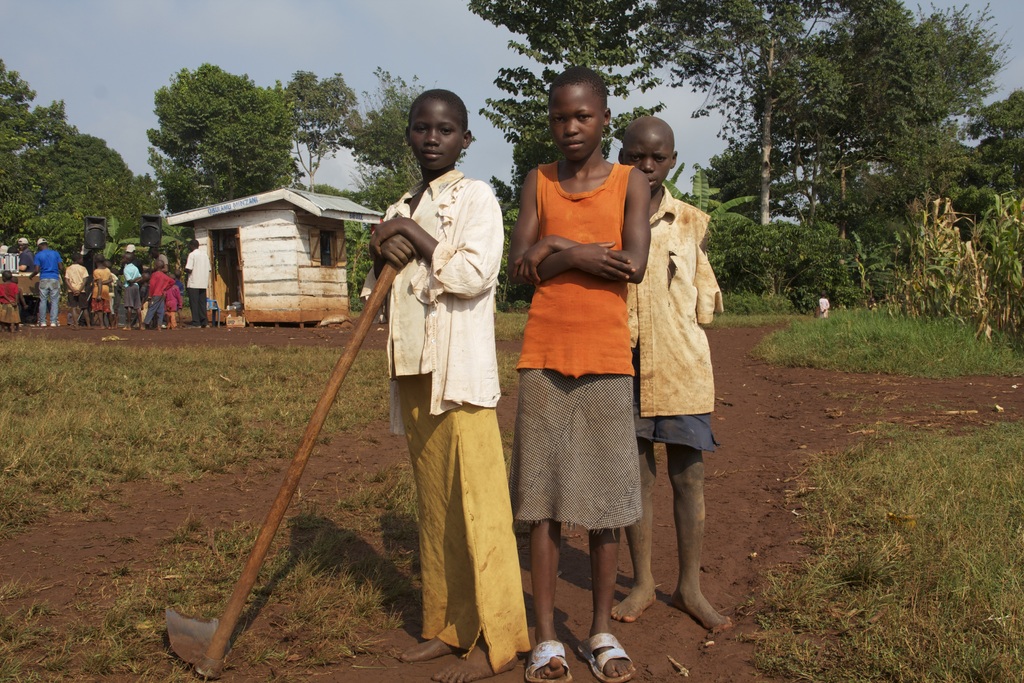
This report investigates how to enhance youth engagement in productive employment in farming and agribusiness in Ethiopia and aimes to identify the main success factors in farming and agribusiness, as well as the main challenges and barriers to entry into farming and agribusiness for youths.
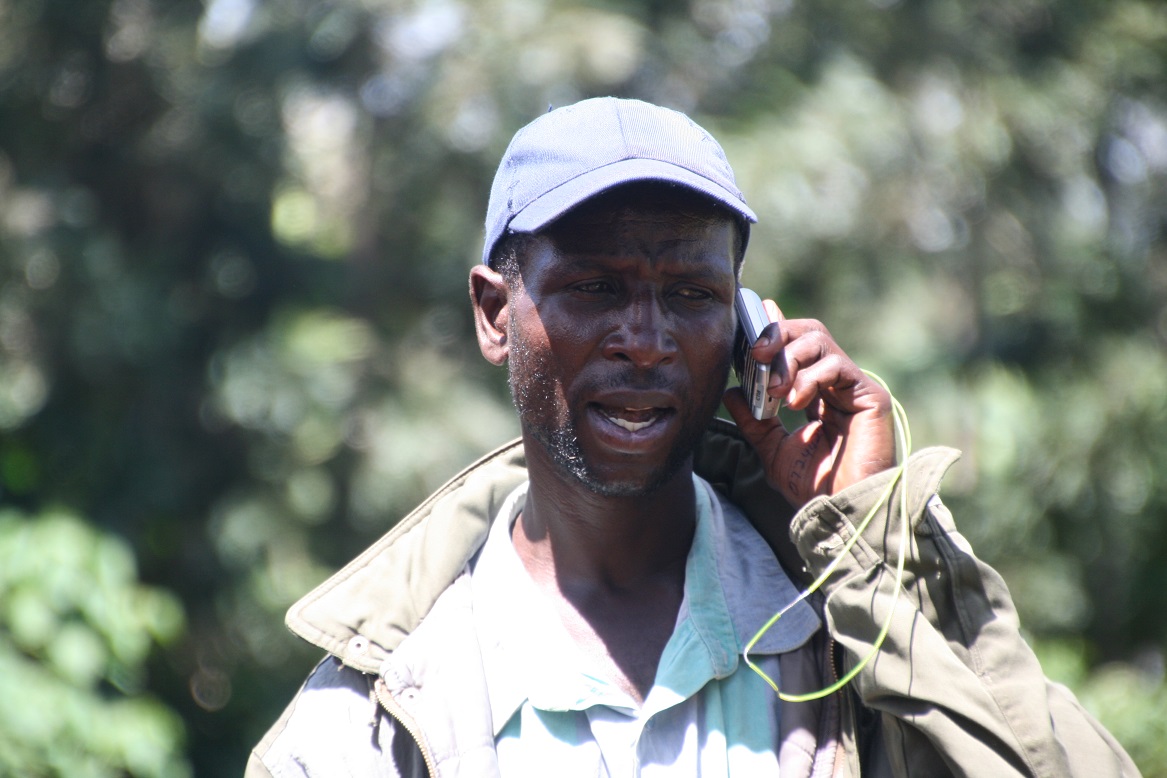
This study analyses the use of ICTs by intermediaries in the agriculture sector in Mali and concludes that an appropriate ICT policy in the agriculture sector of Mali should be a priority in increasing agricultural production and food security.
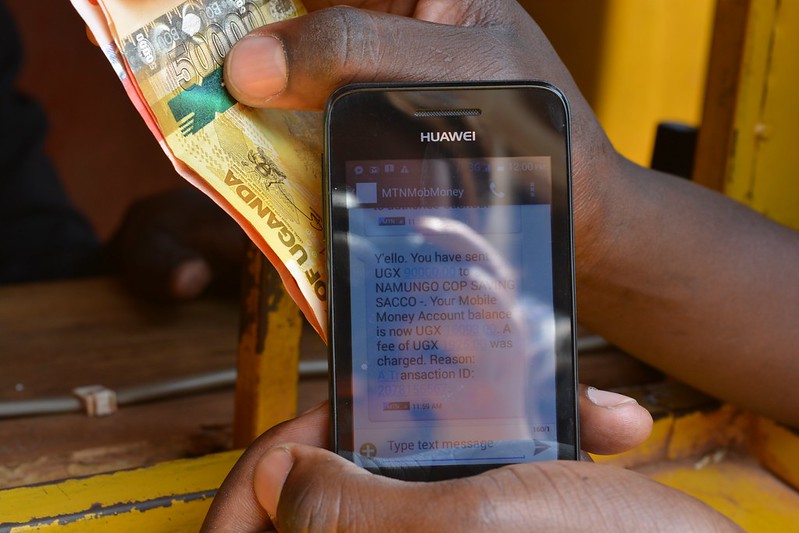
This study sought to assess the extent of ICT use among input dealers, output dealers and extension agents in Kenya and revealed variable use of ICTs both in terms of tools owned and how they are used.